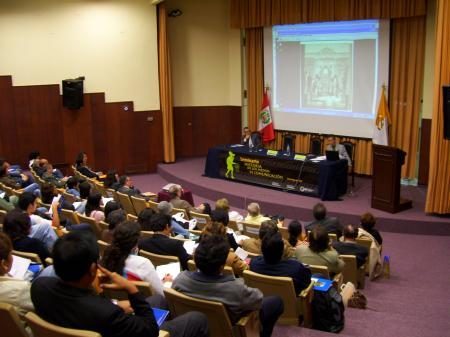 In the field of law, the concept of tort liability is based on a general principle: whoever causes damage to another is obliged to compensate him. It is called tort because the damage caused to someone is not associated with a previous contract. In some cases, the concept of non-contractual is compatible with the existence of a contract, because despite having an established contract, the damage caused has no relation to the content of the contract.
In the field of law, the concept of tort liability is based on a general principle: whoever causes damage to another is obliged to compensate him. It is called tort because the damage caused to someone is not associated with a previous contract. In some cases, the concept of non-contractual is compatible with the existence of a contract, because despite having an established contract, the damage caused has no relation to the content of the contract.
It must be indicated, on the other hand, that the damage or injury caused may be negligent or fraudulent. There is guilt when there is no intention to cause harm and there is intent when there is a clear intention to cause harm to someone.
The tort liability of someone must incorporate a series of conditions
First, there must be an illegitimate act or omission that causes harm. For example, in a traffic accident the action would be the hit of a pedestrian and in the medical field, if a surgeon does not properly suture a wound, he is omitting a responsibility that causes harm to the patient.
In some exceptional cases, damage may occur without an associated liability (for example, injuring someone in self-defense or when a mentally incapacitated individual causes harm to another).
Second, there is tort liability when there is intent (the clear intention to cause harm) or some kind of fault (there is no purpose to cause harm but negligent act and harm is done to another person).
Third, there must be a causal link between the action and the harm done
Thus, in a traffic accident there is a tort liability when the driver commits negligence that directly causes the hit of a pedestrian. If there were no causal link, there would be no legal liability.
Finally, there has to be a certainty of harm
 Damages can be of various types (patrimonial, moral, personal or loss of profit). Loss of profit occurs when the person affected by the damage ceases to receive income as a result of the illegitimate action. In any case, the certainty of the damage exists when it can be clearly demonstrated that the damage has occurred.
Damages can be of various types (patrimonial, moral, personal or loss of profit). Loss of profit occurs when the person affected by the damage ceases to receive income as a result of the illegitimate action. In any case, the certainty of the damage exists when it can be clearly demonstrated that the damage has occurred.
Final conclusion
In conclusion, to speak of tort liability it is necessary that the four requirements mentioned above are met. If any of them did not occur, this type of responsibility would cease to exist.
Photos: Fotolia - Bradical / Ratoca









